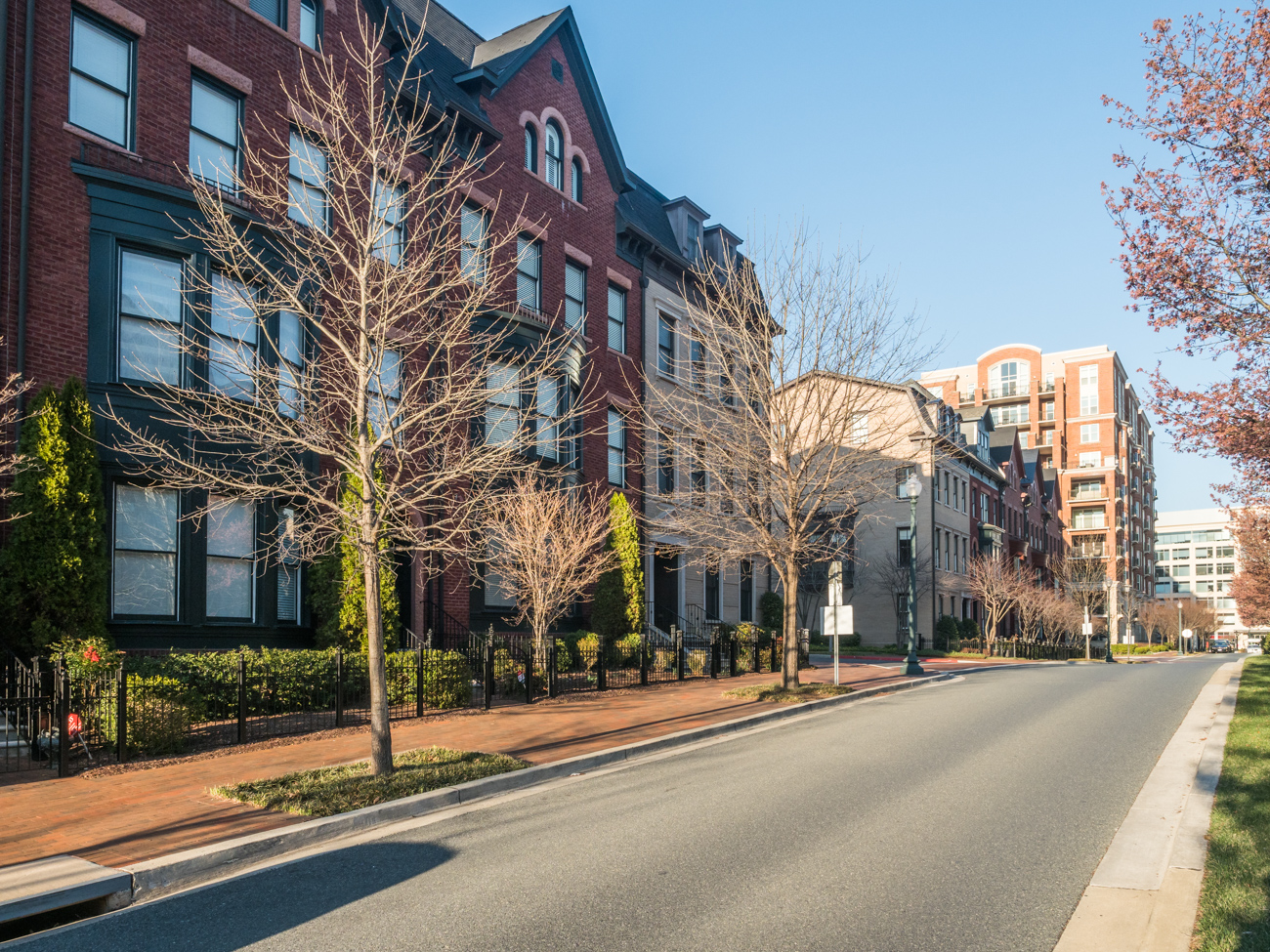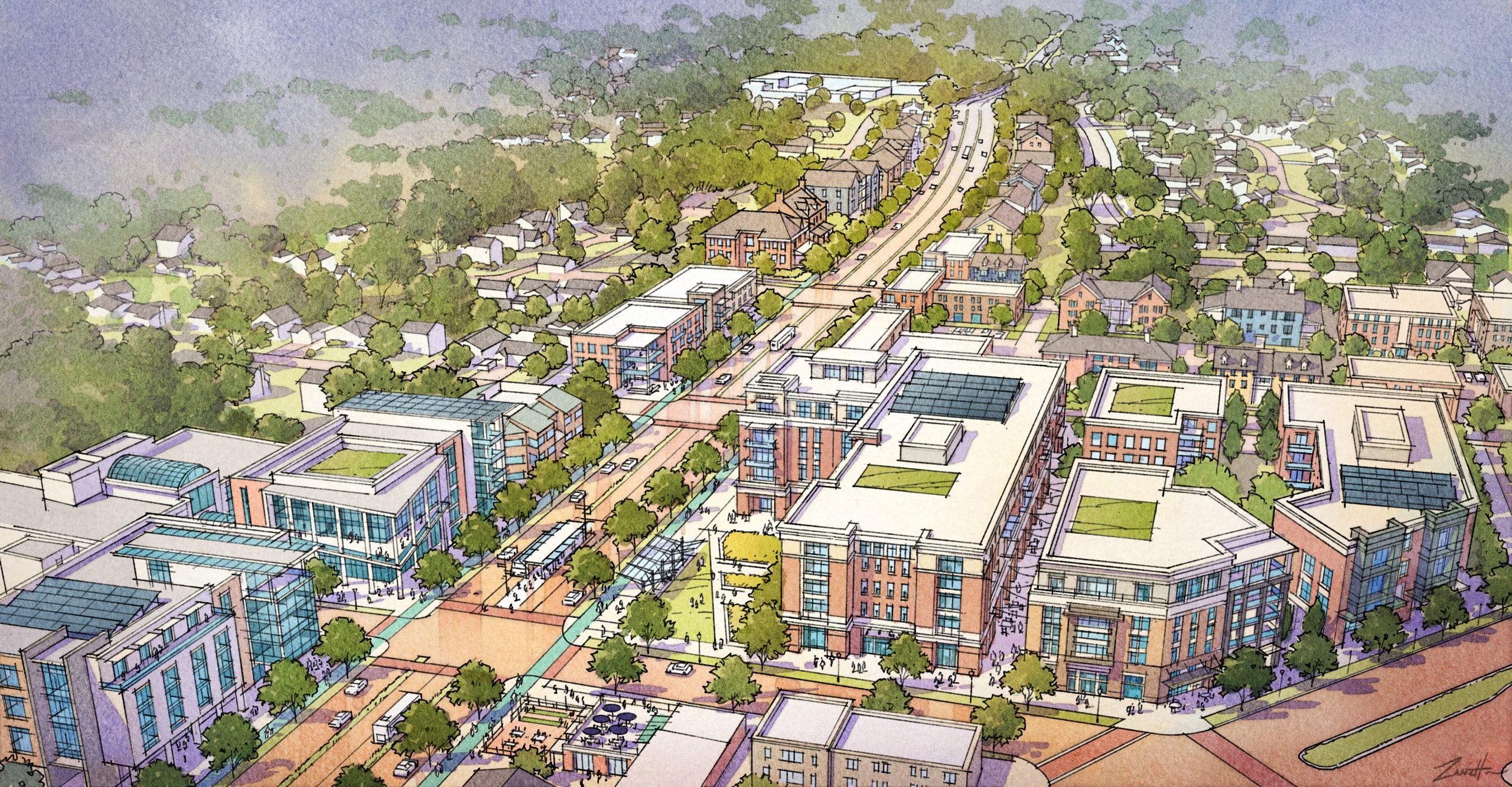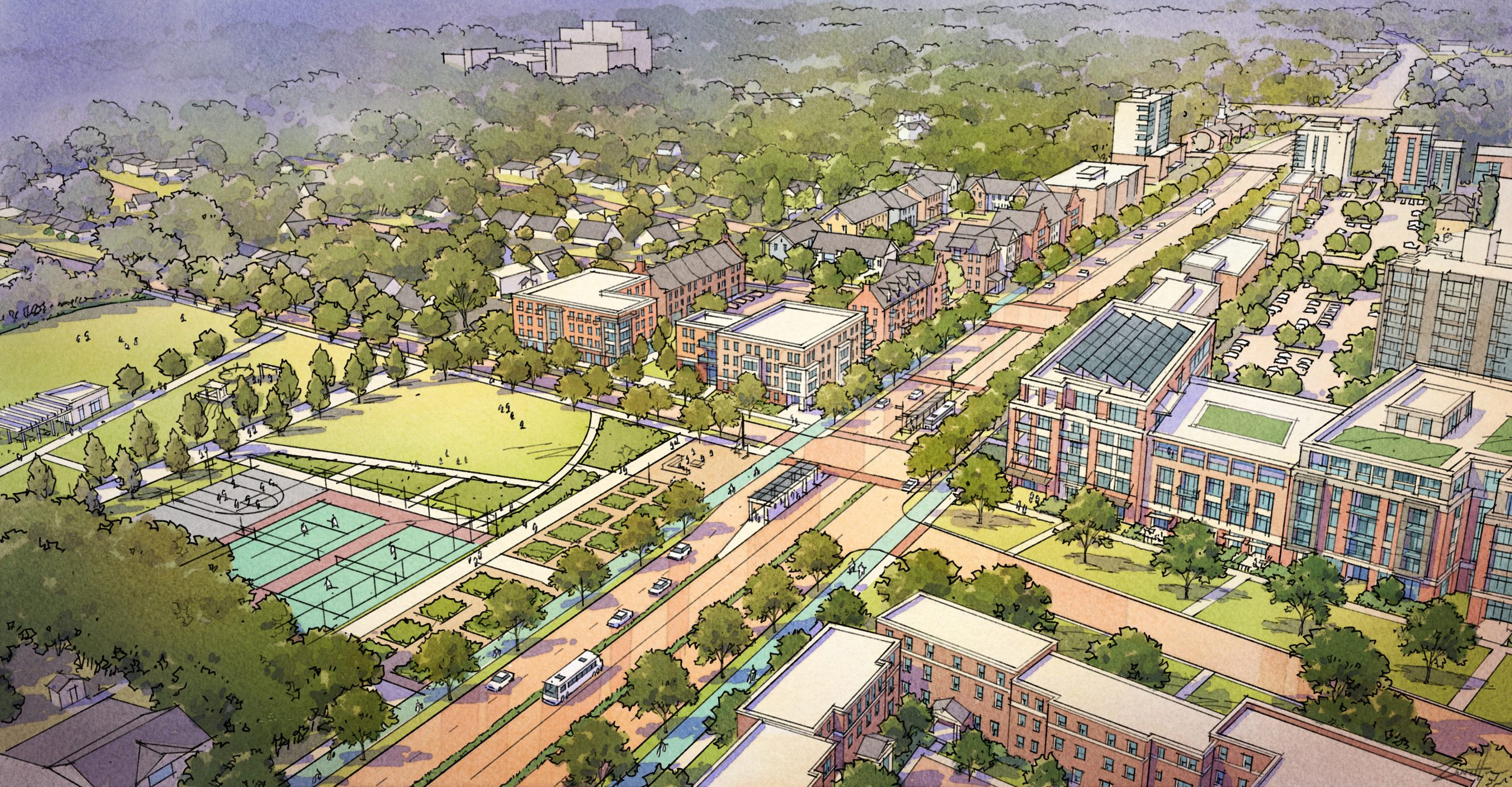When the 1964 General Plan was adopted, much of Montgomery County was undeveloped. That “Wedges and Corridors” Plan recognized, however, that what seemed to be abundantly available land must be used wisely. That’s why a major part of the Thrive Montgomery 2050 growth map is built on corridors, where dense but compact footprints can maximize the efficient use of land and create Complete Communities.
These corridors connect residents to existing and future centers of activity and Complete Communities, either with robust transit service in place or planned or with locations close to existing concentrations of jobs, services, and infrastructure. We envision future growth centered around transit stations and along mixed-use corridors that are walkable, bikeable and transit accessible and that connect residents, employees, and visitors to each other and the region. Outside of these corridors, limited, organic growth should be allowed to meet localized needs while preserving land for recreation, agriculture, and environmental management and avoiding “sprawl.”
Countywide, corridors are the connective tissue of the county and its communities. Linear geographic areas centered on transportation, including the potential for high-quality bus rapid transit, corridors anchor high-quality transit, significant economic development, and culture. For people who live nearby, existing corridors already play a significant role in day-to-day life, and what happens to a corridor can mean big changes for neighbors. When it comes to equitable future growth, too, new and revitalized corridors are key to our vision for more accessible, connected county.
As we envision what the future of Montgomery County could look like when we come together to realize an equitable vision that works for all of us, Montgomery Planning anticipates an increasing focus on the county’s corridors and expanding bus rapid transit along them. That direction ensures we can provide better access to wide-ranging destinations while remaining on track with our climate, racial equity, and social justice, and Vision Zero goals.
Planning Board work session
January 28, 2021



